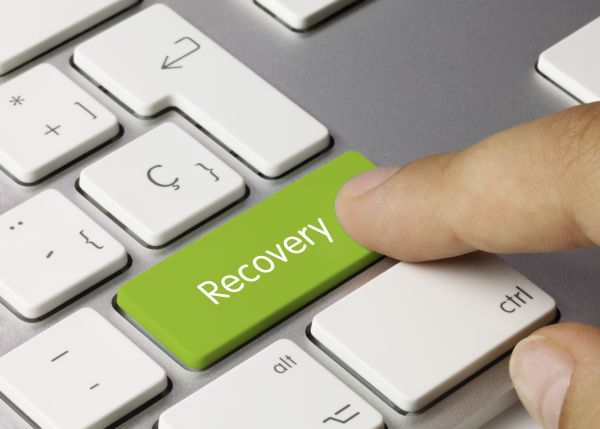EUSEW 2020 blog | Renovation Wave: the immediate and powerful recovery button at the fingertips of EU policymakers

by Bertrand Deprez, Vice President EU Government Affairs at Schneider Electric & Céline Carré, Head of European Public Affairs at Saint Gobain, members of the European Alliance to Save Energy (EU-ASE)
This article was published in the blog of the EU Sustainable Energy Week 2020
There is one clear reboot button at the fingertips of European policy-makers, the label underneath carries the tag ‘Renovation Wave’. Rather than causing a re-start, bringing back an older configuration, pressing this button would put Europe on a new path to sustainable growth, with its citizens at the heart.
The European Union should therefore set aside any hesitation and reply with a straight ‘Yes’ to the question ‘Are you sure?’ that we usually get when rebooting our devices. ‘Yes’, because with 36% of CO2 emissions and 40% of energy consumption, buildings represent a major potential for Europe’s climate neutrality pathway. ‘Yes’, as fuelling renovation activities across Europe will translate into an immediate economic stimulus for the whole construction value chain, the biggest industrial employer in Europe. ‘Yes’, because the Renovation Wave will deliver comfortable and smart buildings that our citizens desire. Finally, ‘Yes’, as it will significantly contribute to the EU’s climate and energy targets and help to restore social cohesion in societies affected by the crisis.
Alongside the first push, political willingness will still be needed to give this wave the right shape and reap its promised benefits:
- Firstly, the overarching goal: a clear strategy built on the long term goal of reaching a net zero-carbon building stock by 2050, should act as a catalyst to coordinate the efforts of the value chain and reach sufficient depth of renovation. Decarbonizing the existing stock will only happen with the right combination of making our buildings ultra-efficient (based on energy efficiency first) and relying on local renewable generation.
- Secondly, the rate of renovation: political impetus such as the use of trigger points, minimum energy performance standards and the phase out of the worst performing buildings should be deployed to bring the renovation rate across Europe to 3% per year.
- Thirdly, the scalability, which will come from simple and stable renovation programmes and related financing, e.g. via the setting of a dedicated Renovation Fund for All Europeans, stable tax incentives for renovation and leveraging of private finance. At the same time, there is a need to make full use of the potential of digitalization to improve buildings’ design and optimize their performance. It is time to tailor such initiatives in a segment-specific approach, encompassing both building renovation and retrofit of the technical building systems. With the current COVID-19 outbreak, Europe should seize the opportunity to renovate the less occupied public and non-residential buildings as well as homes. Citizens who spend more time indoors want to enjoy comfortable and healthy spaces.
A high impact renovation wave will be the key to creating hundreds of thousands of jobs across the continent. Research, innovation, industries: Europe already has all the ingredients to power this motor for the recovery. It just needs to press that button.




